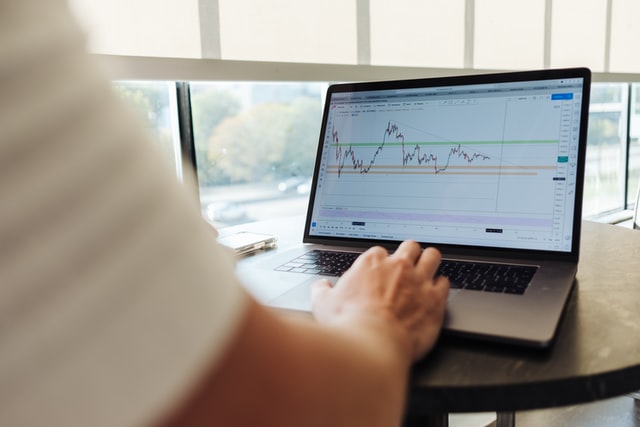
In the financial market, leverage can boost one’s income. While this is possible with relevant experience in trading psychology, proper analysis and understanding of the market trends are essential. Are you a trader looking to secure your fund or a newbie wanting to know more about margin trading and leverage management?
Well, I’m sure you know that the best trader is the one who understands price action. Leverage is simple because you can get it anytime from your broker whenever you qualify for it. That’s why margin trading requires deep knowledge of price charts like trends, candles stick, and chart patterns with risk management.
However, brokers can offer you free tools to learn more about trading and place a greater position. But that’s not why we are here! Before you venture into margin trading and the concept of leverage management, there are a few terms you need to understand. They include the following;
- Trading margin call
- Purchasing trading power
- Close position/ Open position
- Risk management ratio
- Bull & Bear Market
- Volatility and ROI
Today, leverage has become increasingly popular among traders. While there are pros to using this strategy, the disadvantages are endless if you’re a less experienced trader. In this article, we will explain the leverage management tips to scale through. Not only is that, but we highlighted some of the tricks.
5 Effective Leverage Management Tips
Before you apply for margin from any brokerage, risk management tricks are something you should be willing to practice. In contracts, banks will lend you money by involving credit risk measures to ensure you pay back. But in leverage and margin, you need to set aside different payback methods for yourself. Without further ado, below are the five leverage management tips for experts and beginners.
-
Organize a Calculated Risk
The first step to maximizing your profit and minimizing the risk is determining the amount you’re willing to lose. This is how the trading margin works; for example, your volume is about $30,000, and you want to place a trade. You need to estimate the percentage of your loss or profit, either 10% or 20% of the fund.
-
Select Your Leverage Carefully
Leverages are a good way to start your trading psychology. In forex or crypto, staking high doesn’t guarantee a potentially high return. This means you need to know the kind of market to enter and the risk management ratio. An example includes; 1:30, 1:500, 1:2000, and many others, to mention a few.
-
Use Lower Lots Size
Lots size is one thing you should be willing to know. Although the bigger your lot size, the more your ROI, but it can be dangerous too. Logically, your volume should determine the kind of lot size to use. So, don’t over leveraged by placing a big lot size on a small amount of money to trade.
-
Think Of Different Fees and Cost
There’s no doubt that margin trading is complex. In fact, you can incur further losses along the line. Your broker can come up with different maintenance fees, interest rates, and other charges. This way, you must protect your account at all costs by limiting your trade and being disciplined.
-
Train Yourself by Using a Demo Account
Trading with a live account can look juicy because of the profit you see. But don’t be deceived as it’s not the right place to start in the beginning. However, train yourself by using a demo account before going live. Even if you’re a seasoned trader, follow market trends and updates to know the right analogy.

Is It Good To Calculate Margin And Leverage?
Leverage management is good, and it needs to be calculated before placing a larger position. Moreover, when your capital is not enough to trade, and the market goes wrong, loss and huge debt might turn in. So, always calculate the margin, know the cash requires leveraging on a position and take the risk.
What’s The Best Time to Request Leverage?
Of course, the right time depends on your trading experience. Perhaps you might consider a sell or buy limit and focus on the plan B options. Here, you must ensure you have enough funds to be a source of motivation to place in a larger position. Nonetheless, avoid trading when you’re in a state of emergency.
Final Verdict
Like an expert would tell you, margin trading is the best strategy to become a successful trader. On the flip side, there are many risks associated with this methodology. So, maintain a low-risk level, understand the rules, use a stop loss, and measure your result in the long run.
